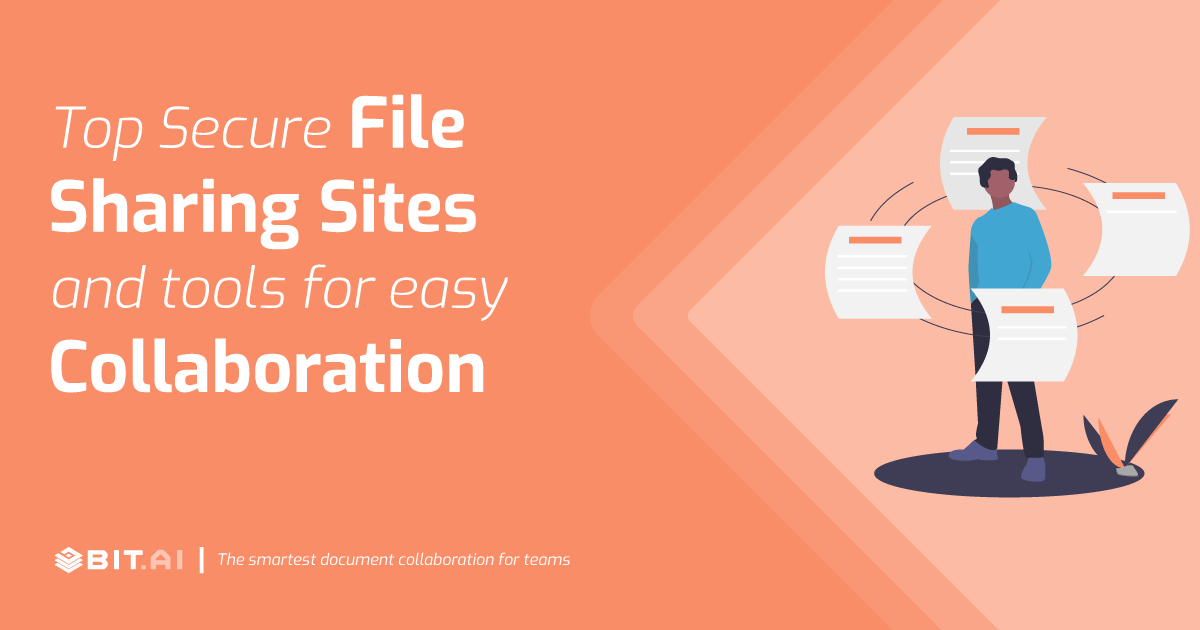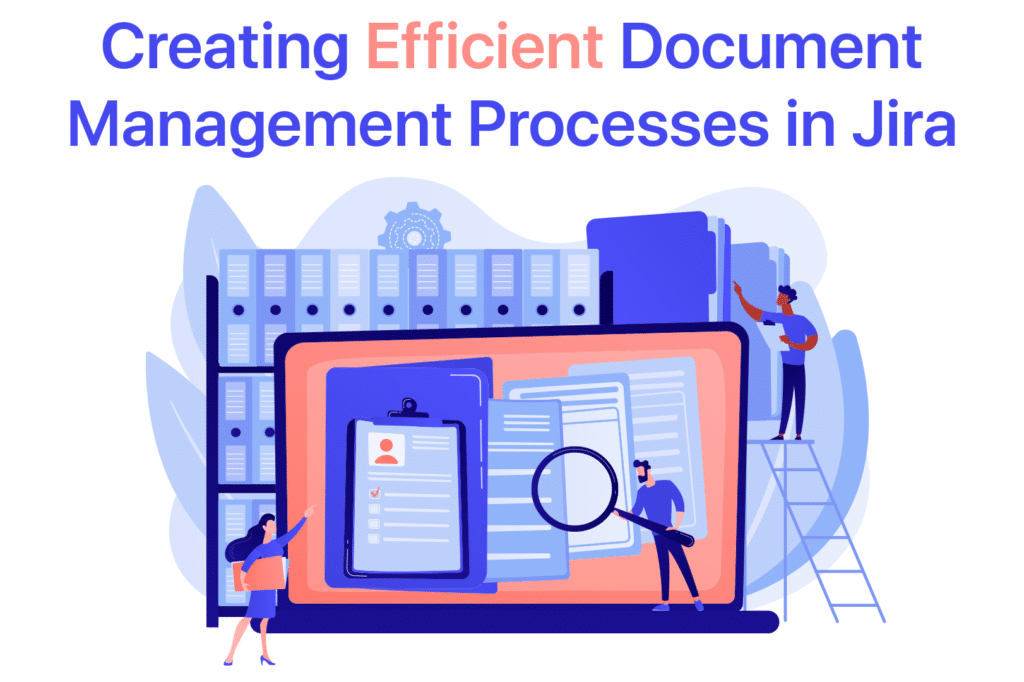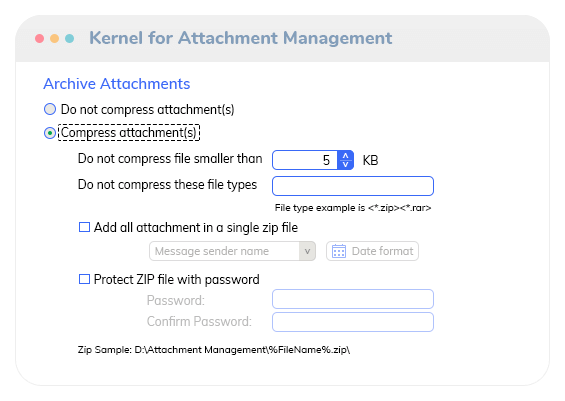Introduction
Efficient Attachment Management: Sending and Receiving Files with Ease
Understanding the importance of efficient attachment management
In today’s digital age, sending and receiving files has become an integral part of our daily lives. Whether you’re a student sharing assignments with classmates or a professional exchanging important documents with colleagues, having a reliable and efficient system in place for managing attachments is crucial.
Common challenges faced in sending and receiving files
However, many individuals and organizations encounter various challenges when it comes to managing attachments. Issues such as file size restrictions, compatibility problems, and security concerns can often hinder the smooth transfer of files, leading to delays and frustrations.
Overview of the article content
This article aims to provide you with comprehensive information on efficient attachment management, offering practical solutions to overcome common challenges. We will explore various techniques and tools that can help streamline the sending and receiving process, ensuring smooth and hassle-free file transfers. From utilizing cloud storage services to employing file compression techniques, we will cover a range of strategies to optimize your attachment management system.
In the following sections, we will delve into specific topics such as choosing the right file transfer method, maximizing email attachment efficiency, and best practices for organizing and categorizing files. By implementing the advice provided in this article, you will be able to enhance your attachment management skills, save time, and improve productivity in your daily file exchanges. So let’s dive in and discover how to send and receive files with ease!

This image is property of blog.bit.ai.
## Choosing the Right File Transfer Method
Efficient attachment management is essential for seamless file sharing. When it comes to selecting the right file transfer method, several factors should be considered.
Considerations for selecting an appropriate file transfer method
Before deciding on a file transfer method, it’s important to assess your specific needs. Consider factors such as the size and format of the files you frequently send or receive. Additionally, evaluate the level of security and encryption required for your sensitive data.
Comparison of different protocols (FTP, HTTP, SMTP)
Various protocols are available for file transfers, each with its own strengths and weaknesses. File Transfer Protocol (FTP) enables swift transfer of large files, making it ideal for businesses dealing with extensive data. Hypertext Transfer Protocol (HTTP) allows for file transfer through web browsers, providing convenience and accessibility. Simple Mail Transfer Protocol (SMTP) is commonly used for email attachments, offering simplicity but with file size limitations.
Advantages and disadvantages of cloud-based file sharing services
Cloud-based file sharing services offer a convenient and scalable option for efficient attachment management. They provide ample storage space and allow for easy collaboration among multiple users. However, reliance on an internet connection and concerns regarding data security and privacy are important factors to consider.
By carefully evaluating these considerations and understanding the benefits and drawbacks of different file transfer methods, you can ensure efficient attachment management and streamline the process of sending and receiving files with ease.

This image is property of deviniti.com.
## Optimizing File Size for Efficient Transfer
Efficient attachment management involves optimizing file size to ensure smooth and speedy transfer of files. Compressing files is a practical solution to reduce file size without compromising their quality. By compressing files, you can significantly decrease their size, making it easier and faster to send or receive them.
Compressing files to reduce size
There are various compression tools available that allow you to compress files effortlessly. These tools use algorithms to remove redundancy and unnecessary data, resulting in smaller file sizes. You can simply select the files you wish to compress and let the tool do the work for you. Compressed files can then be easily attached to your emails or transferred through file-sharing platforms.
Understanding file formats and their impact on transfer speed
Different file formats have varying sizes, which can affect transfer speed. Understanding the file formats you are working with can help you determine the best approach for efficient transfer. For example, converting large image files to a compressed format like JPEG can reduce their size significantly, thus accelerating the transfer process.
Utilizing file archiving tools for improved efficiency
File archiving tools are another helpful solution for efficient attachment management. These tools enable you to create archives or packages, combining multiple files into a single compressed file. Archiving not only reduces the overall size of the file package but also simplifies file organization and minimizes the risk of attachment errors during transfer.
Efficient attachment management relies on optimizing file size through compression, understanding file formats, and utilizing file archiving tools. By implementing these strategies, you can enhance the speed and ease of sending and receiving files.
Enhancing File Security during Transfer
As technology advances, efficient attachment management has become a crucial aspect of our daily lives. Sending and receiving files with ease is not only convenient but also essential in today’s digital age. However, it is equally important to ensure the security of these file transfers to protect sensitive information from falling into the wrong hands.
Encrypting files to ensure data privacy
Encrypting files is an effective way to maintain data privacy during transfer. By converting files into a format that can only be read by authorized parties, encryption guarantees that even if intercepted, the content remains unreadable and secure.
Using secure transfer protocols (SFTP, HTTPS)
Secure transfer protocols such as SFTP (Secure File Transfer Protocol) and HTTPS (Hypertext Transfer Protocol Secure) provide an additional layer of protection when sending and receiving files. SFTP encrypts the entire file transfer process, while HTTPS ensures secure communication between the server and the client, minimizing the risk of interception or unauthorized access.
Implementing two-factor authentication for added security
Two-factor authentication adds an extra layer of security by requiring users to provide two forms of identification before accessing their files. This could include a username/password combination plus a unique code sent to their mobile device. By implementing this additional step, the risk of unauthorized access is significantly reduced.
Efficient attachment management necessitates not only seamless file transfers but also robust security measures. Encrypting files, utilizing secure transfer protocols, and implementing two-factor authentication are crucial steps in safeguarding sensitive data during transit.
Utilizing Dedicated File Transfer Software
Benefits of using specialized file transfer software
When it comes to managing your attachments efficiently, using dedicated file transfer software can greatly simplify your workflow. These tools are specifically designed to handle large files, ensuring seamless sending and receiving processes. By utilizing this software, you can experience the following benefits:
Increased efficiency:
Specialized file transfer software allows you to send and receive files quickly, saving you valuable time. With easy-to-use interfaces, you can effortlessly navigate the software and transfer files with just a few clicks.
Enhanced security:
Maintaining the confidentiality of your files is crucial, and dedicated software offers robust security features to protect your sensitive data during transmission. Encryption algorithms and secure protocols ensure that your files remain secure at all times.
Streamlined collaboration:
Efficient file transfer tools enable smooth collaboration between team members, allowing multiple users to access and work on the same file simultaneously. With features like version control and file syncing, you can avoid confusion and ensure everyone is working with the latest file version.
Features to look for in an efficient file transfer tool
When choosing a file transfer software, it is essential to consider the following features:
Speed and scalability:
Look for software that offers fast transfer speeds and can handle large files without compromising performance. Scalability is also important, as your needs may grow over time.
User-friendly interface:
An intuitive user interface makes the software easy to navigate, reducing the learning curve for both experienced and new users.
Integration capabilities:
Ensure that the file transfer software integrates seamlessly with your existing systems and workflow. Compatibility with popular platforms and file formats is crucial to ensure smooth file sharing.
Popular file transfer software options in the market
There are several file transfer software options available in the market that offer efficient attachment management. Some popular choices include:
- FileZilla: a free, open-source software known for its simplicity and wide range of features.
- Dropbox: a cloud-based file transfer service that provides easy access to files from multiple devices.
- WeTransfer: a user-friendly platform for sending large files without the need for software installations.
- Google Drive: a popular cloud storage and file sharing service with collaborative features.
By utilizing dedicated file transfer software with the right features for your needs, you can simplify your attachment management process and streamline your file sharing tasks.

This image is property of blogcdn.gmass.co.
## Managing Attachments in Email Communication
When it comes to sending and receiving files through email, efficient attachment management is crucial. By optimizing the way you handle attachments, you can ensure seamless communication and prevent file-related complications. In this section, we will explore some tips and best practices to help you manage attachments effectively.
Maximizing email attachment size limits
Many email providers have limitations on the size of attachments that can be sent and received. To make the most of these limits, consider compressing your files using zip or other compression tools. This reduces the file size without compromising its content. Additionally, you can explore alternative methods such as cloud storage or file transfer services to bypass attachment size restrictions.
Tips for sending large files through email
If you need to send large files via email, it’s essential to use the right approaches. One option is to use file sharing services, which allow you to upload your files and share a download link via email. Another method is to split large files into smaller chunks and send them in separate emails. Remember to clearly label each email to ensure easy reassembly on the recipient’s end.
Best practices for organizing and managing attachments
To stay organized and streamline your attachment management process, consider implementing a standardized naming convention for your files. This makes it easier to locate specific attachments when needed. Additionally, create and maintain a folder structure that categorizes your attachments based on project, date, or any other relevant criteria. Regularly review and delete outdated attachments to free up storage space and avoid clutter.
By following these tips and best practices, you can ensure efficient attachment management, making the process of sending and receiving files through email a breeze.

This image is property of www.nucleustechnologies.com.
## Collaborative File Sharing and Version Control
Collaboration is key in today’s fast-paced work environment, and managing attachments effectively can significantly improve productivity. This section will explore two essential aspects of efficient attachment management: collaborative file sharing and version control.
Using cloud-based collaboration platforms (Google Drive, Dropbox)
Storing and sharing files on cloud-based platforms like Google Drive or Dropbox allows seamless collaboration among team members. By uploading files to a central location, you can easily grant access to specific individuals or groups, enabling real-time collaboration on documents, spreadsheets, and presentations. This eliminates the need for countless email exchanges and ensures everyone is working on the most up-to-date version.
Implementing version control mechanisms
With version control mechanisms, you can effortlessly track and manage different versions of files. This is particularly useful when multiple team members are working on the same document simultaneously. Version control tools allow you to merge changes, compare versions, and revert to previous iterations if needed. By avoiding confusion and minimizing the risk of data loss, version control guarantees smooth collaboration.
Streamlining collaboration workflows
To streamline collaboration workflows, establish clear communication channels and designate responsible parties for file management tasks. Set up naming conventions, folder structures, and permissions to ensure everyone understands how to organize, locate, and share files efficiently. Regularly review and optimize these workflows to adapt to evolving project requirements and team dynamics.
With collaborative file sharing and version control, you can enhance team collaboration, improve file accessibility, and minimize errors. Implement these practices to optimize your attachment management processes and enjoy seamless file exchanges.
Automating File Transfer Processes
Efficient Attachment Management allows you to automate the entire process of sending and receiving files, saving you time and effort. By automating your file transfer tasks, you can streamline your workflow, increase productivity, and reduce the chances of errors or delays.
Benefits of automating file transfer tasks
Automating file transfer tasks comes with several advantages. Firstly, it eliminates the need for manual intervention at every step, allowing you to focus on more important tasks. It saves you from the hassle of manually attaching and sending files, ensuring that your attachments are always sent accurately and promptly.
Utilizing scripting and batch processing for automation
To automate file transfer tasks, scripting and batch processing are commonly used. By writing scripts or using predefined batch processing commands, you can specify the exact actions to be performed on the files, such as compressing, encrypting, or converting them to a specific format. These actions can be scheduled to run at specific intervals or triggered by certain events, making the entire process seamless and efficient.
Examples of automation tools and their usage
There are numerous automation tools available that can simplify your file transfer processes. Some popular ones include Robo-FTP, WinAutomation, and PowerShell. These tools provide a range of features like scheduling, monitoring, and task automation, allowing you to customize your file transfer workflows according to your specific needs.
Automating file transfer processes enables you to eliminate manual tasks, increase productivity, and ensure accuracy and promptness in sending and receiving files. By harnessing the power of scripting and automation tools, you can optimize your attachment management and streamline your workflow effortlessly.

This image is property of www.asianefficiency.com.
## Efficient Attachment Management for Mobile Devices
With the increasing reliance on smartphones and tablets for work and personal tasks, managing and transferring attachments on these devices has become essential. However, it often poses challenges that can be frustrating and time-consuming.
Challenges of file transfer and management on mobile devices
Mobile devices have limitations when it comes to handling files due to their smaller screens and memory capacities. This can make it difficult to organize, view, and access attachments efficiently. Additionally, sharing large files through email attachments can be cumbersome and may exceed file size limits. These challenges can slow down productivity and hinder collaboration.
Mobile-friendly file sharing methods and apps
To overcome these challenges, several mobile-friendly file sharing methods and apps have emerged. Cloud storage solutions such as Dropbox, Google Drive, and Microsoft OneDrive allow you to store and access files from anywhere, eliminating the need for large email attachments. Similarly, file transfer apps like WeTransfer and Send Anywhere enable you to send large files quickly and securely.
Tips for optimizing file transfer on smartphones and tablets
To optimize file transfer on mobile devices, consider compressing files to reduce their size before sharing. Use file management apps to organize attachments and easily locate them when needed. Furthermore, ensure you have a stable internet connection to avoid interrupted transfers. It is also advisable to keep your device software up to date to benefit from the latest file sharing features and security enhancements.
Efficient attachment management is crucial for a seamless mobile experience. By understanding the challenges, utilizing mobile-friendly methods, and following optimization tips, you can send and receive files with ease on your smartphones and tablets.
Overcoming Common Attachment Management Issues
Dealing with file corruption and transfer errors
When sending and receiving files, one of the biggest challenges you may face is the risk of file corruption or experiencing transfer errors. These issues can result in lost data or damaged files, which can be frustrating and time-consuming to rectify. However, with efficient attachment management techniques, you can minimize these risks. By using reliable file compression software and ensuring a stable internet connection, you can greatly reduce the chances of file corruption or transfer errors. Additionally, regularly verifying the integrity of the files before sending or opening them can help identify any potential issues early on.
Resolving compatibility issues across different platforms
Another common problem when dealing with attachments is compatibility issues. It can be frustrating when a file cannot be opened or read due to incompatible software or different operating systems. To overcome this, consider converting files into widely compatible formats or utilizing file-sharing platforms that automatically convert files for you. It’s also important to communicate with recipients beforehand to ensure they have the necessary software or tools to open the files you’ll be sending.
Addressing storage limitations and organizing files effectively
Managing attachments efficiently also involves addressing storage limitations and organizing files effectively. Limited storage space can often restrict your ability to send or receive large files. To resolve this, you can consider using cloud storage services or file transfer protocols that allow for larger file sizes. Furthermore, organizing your files into logical folders and using descriptive filenames can help you locate and access specific files quickly and easily. By implementing these simple strategies, you can streamline your attachment management process and save precious time and effort.
